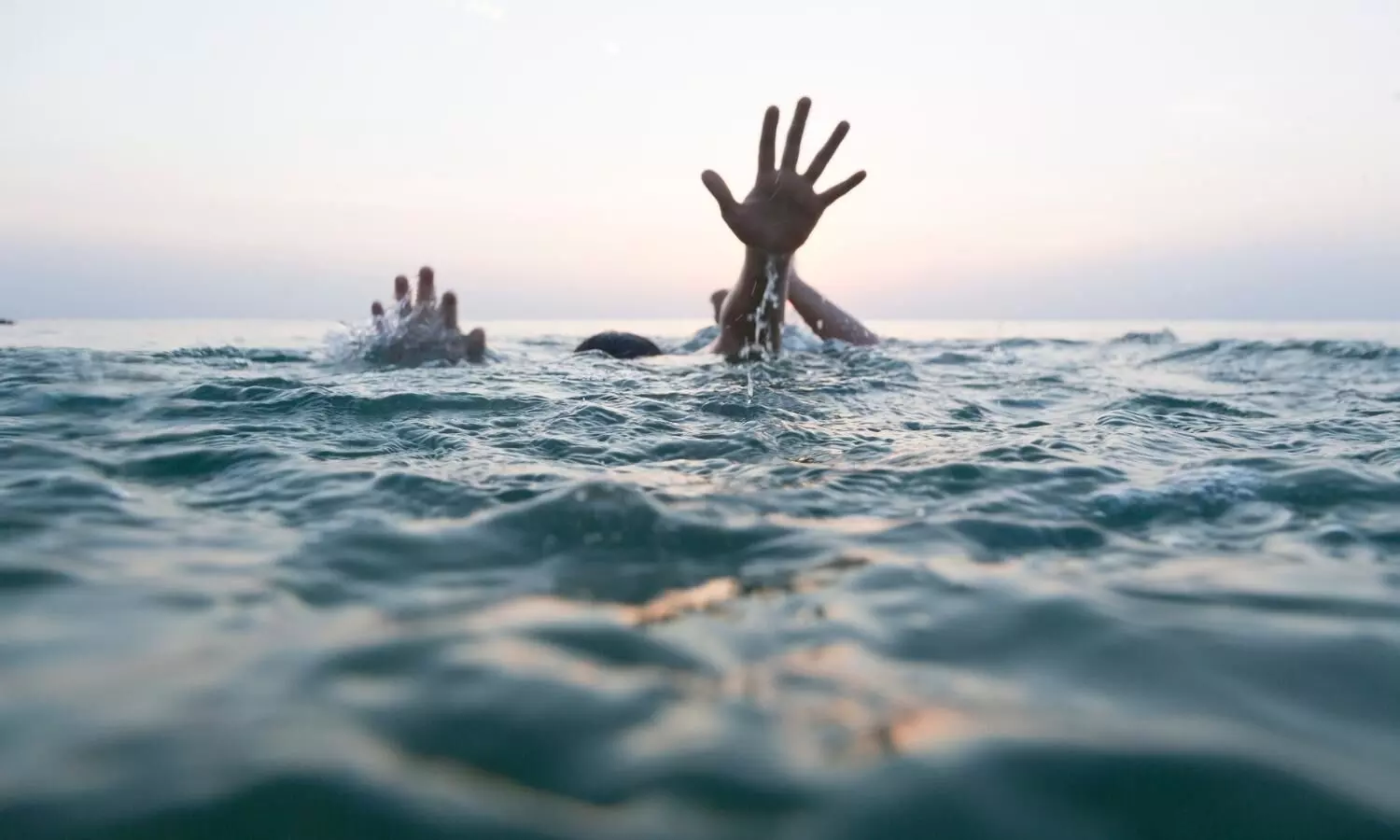WHO Urges South-East Asia to Strengthen Measures to Prevent Drowning

New Delhi: The World Health Organization (WHO) has called for intensified efforts to prevent drowning in the South-East Asia Region, which disproportionately affects children and vulnerable populations.
According to WHO’s Global Status Report on Drowning Prevention, the region reported 83,000 drowning fatalities in 2021, accounting for 28% of the global drowning burden. This translates to nearly 30 lives lost to drowning every hour worldwide.
Alarmingly, 43% of these fatalities involved children aged 14 years or younger, with drowning being the third leading cause of death for children aged 5–14 years and the fourth for children aged 1–4 years.
“To save lives and ensure equitable safety for all, expanding and scaling up proven drowning preventive interventions across the Region is not just essential, but a moral imperative,” said Saima Wazed, Regional Director, WHO South-East Asia.
Factors contributing to the high drowning rates include poverty, inadequate access to safety measures, and insufficient infrastructure, particularly in low- and middle-income countries. Children face additional risks due to inadequate supervision, limited swimming skills, and lack of water safety education.
Older children and adolescents are further endangered by peer pressure, risk-taking behaviours, and substance use. Non-fatal drowning incidents can lead to severe long-term neurological complications, requiring prolonged care.
The Regional Director noted that while many countries in the region have comprehensive drowning prevention strategies, more needs to be done. “Enacting laws mandating life jacket use, barriers around water hazards, and safe boating regulations have shown potential, though enforcement remains inconsistent in many countries. Regulations restricting alcohol consumption near public water bodies are lacking in many areas,” Saima Wazed said.
WHO emphasized the need for stronger governance, including a dedicated lead agency to implement drowning prevention activities, enhanced cross-sectoral collaboration, improved drowning data, and evidence-based community interventions.
Community programs teaching water safety, swimming, and rescue skills, as well as providing supervised childcare and integrating flood risk management, are critical to reducing drowning incidents.
“Drowning prevention is fundamentally an issue of equity. By prioritizing vulnerable populations, fostering innovative leadership, and embracing global collaboration, countries can significantly reduce drowning deaths. With sustained commitment and collective action, we can ensure that everyone, everywhere, can live safely around water,” added Saima Wazed.


